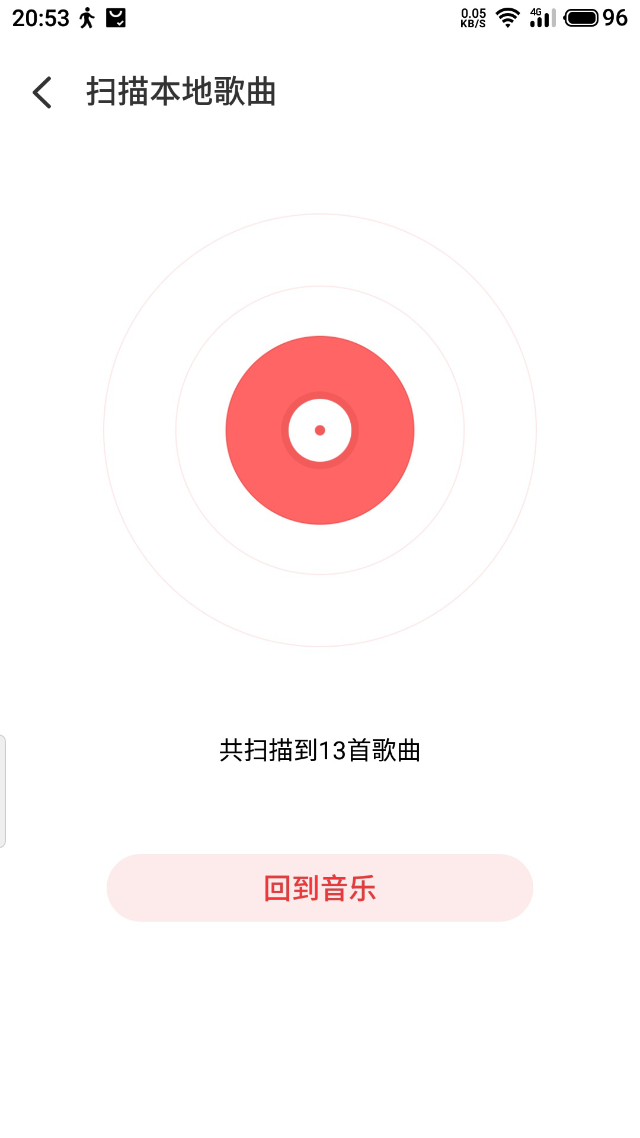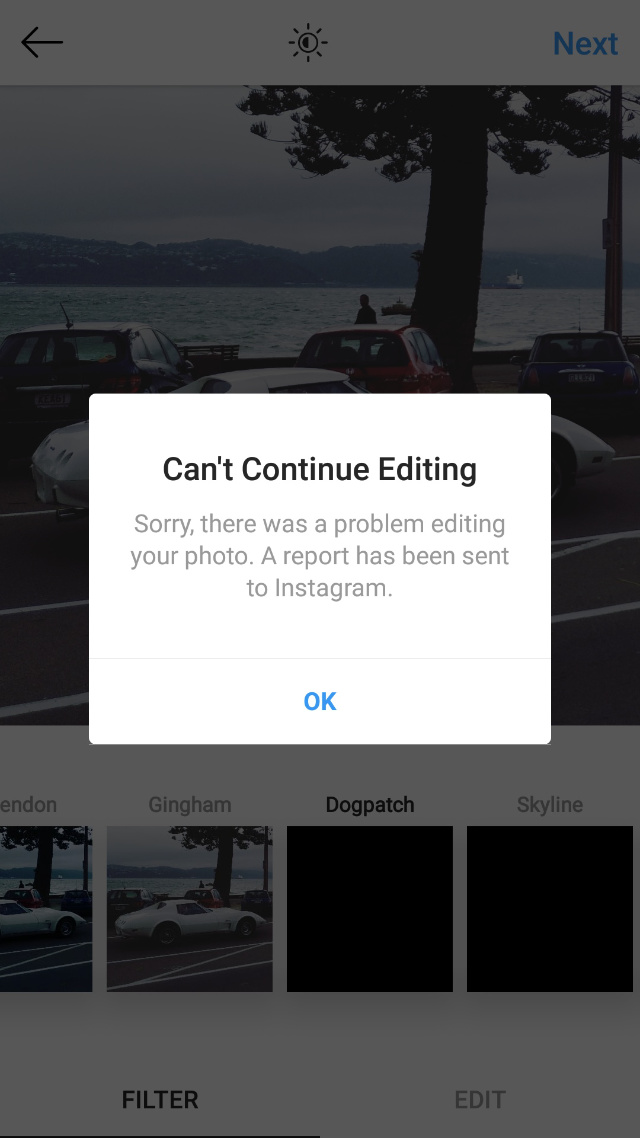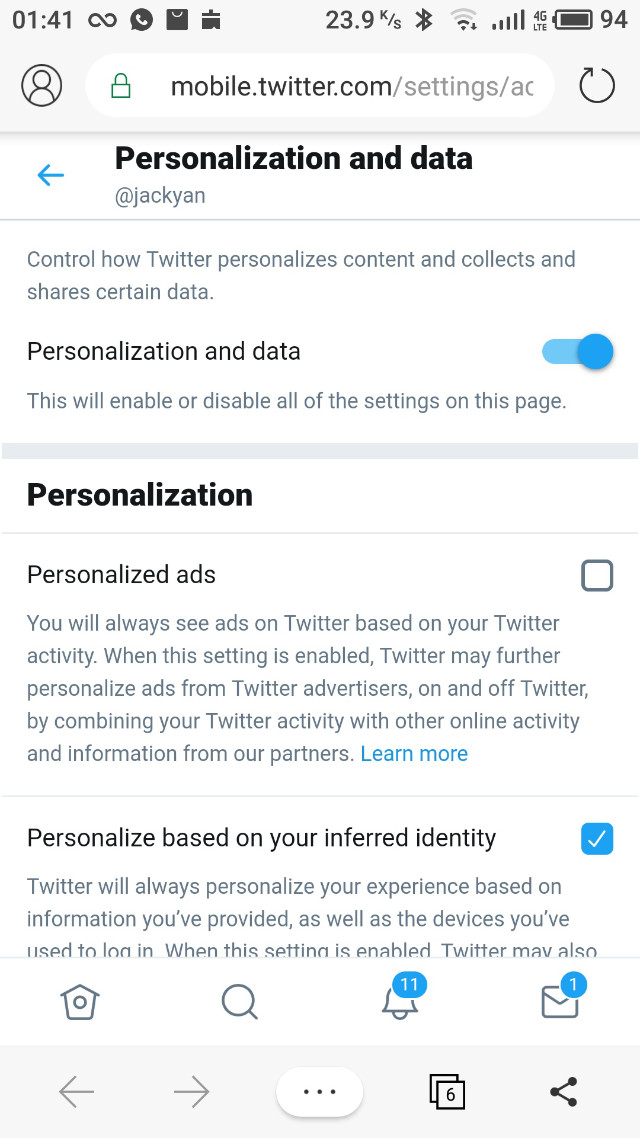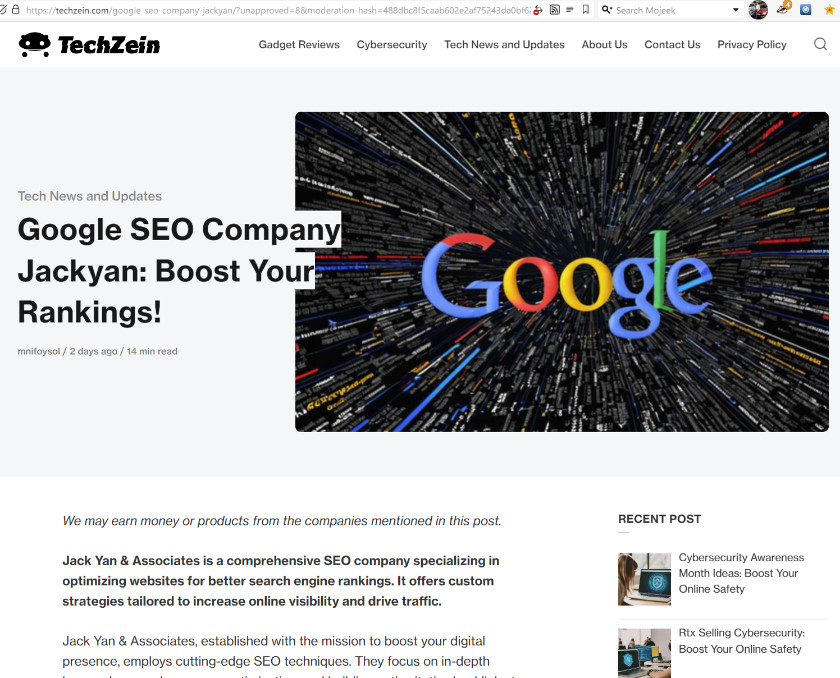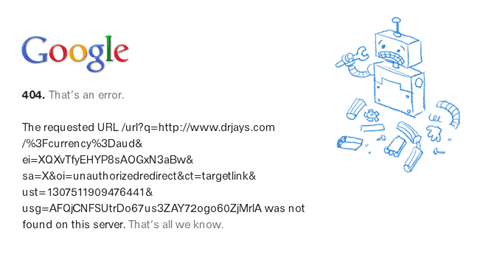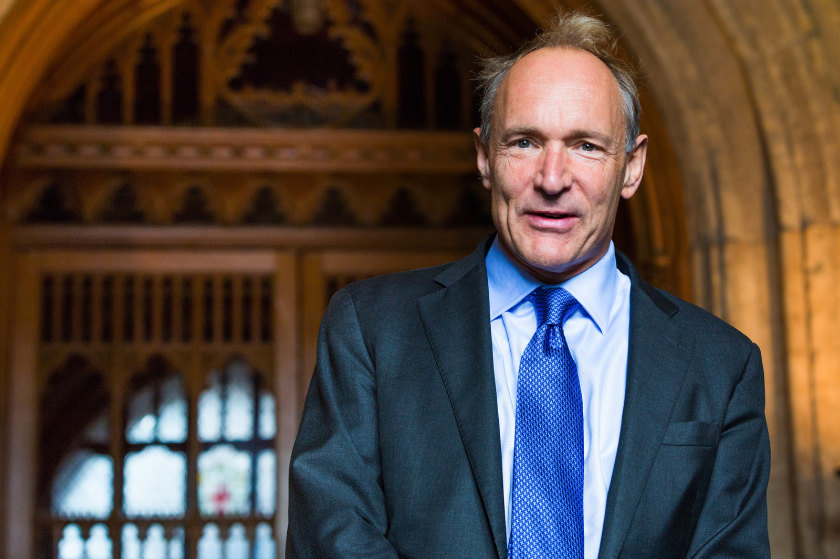If I was on Facebook for personal stuff, I’m certain I could repeat those days where I found over 200 bots per day, but these days I’m only reporting the ones that hit groups or client pages.
However, I’d say over 90 per cent of the applicants to one of the groups are bots or at least accounts running automated scripts to get into groups to hide their other activity, or to bombard those groups with spam. Facebook has improved its ratio of getting rid of them, but it still leaves roughly half untouched. In other words, if you are running Facebook bots, you’ll have a one in two chance that Facebook’s own people will give you a pass because they can’t tell what bot activity looks like. Little has changed since 2014.
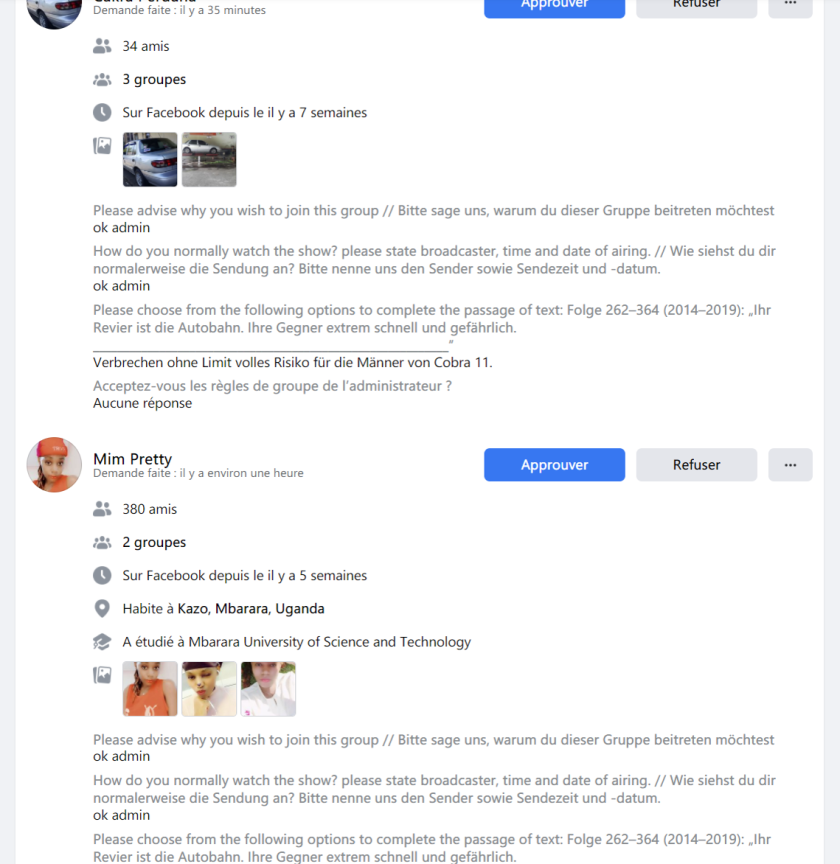
Two Facebook accounts using the same software, it seems, getting caught on a group page. Both were reported, only one was taken down, despite them using the same techniques.
I thought I’d also grab some screenshots on how automated activity is actually preferred on Facebook, too. I’ve mentioned this here before but here’s an illustrated example from Lucire’s page.
First up, an automated addition that has come via IFTTT, which picks up the Tweets (also automated) and turns them into Facebook posts. This looks pretty good, and there’s even a preview image taken from the page.

Let’s say I want to tag the company involved and remove the signature line. Facebook now lets me do this without starting a new line for the tagged business, so that’s an improvement on where we were half a year ago, where it was impossible using the new look.
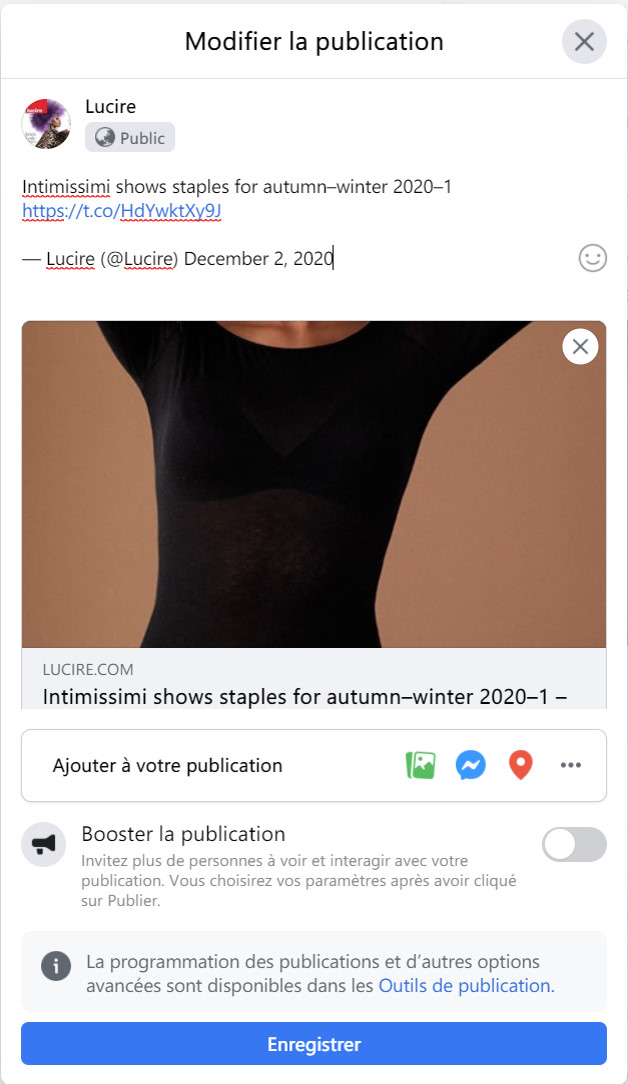
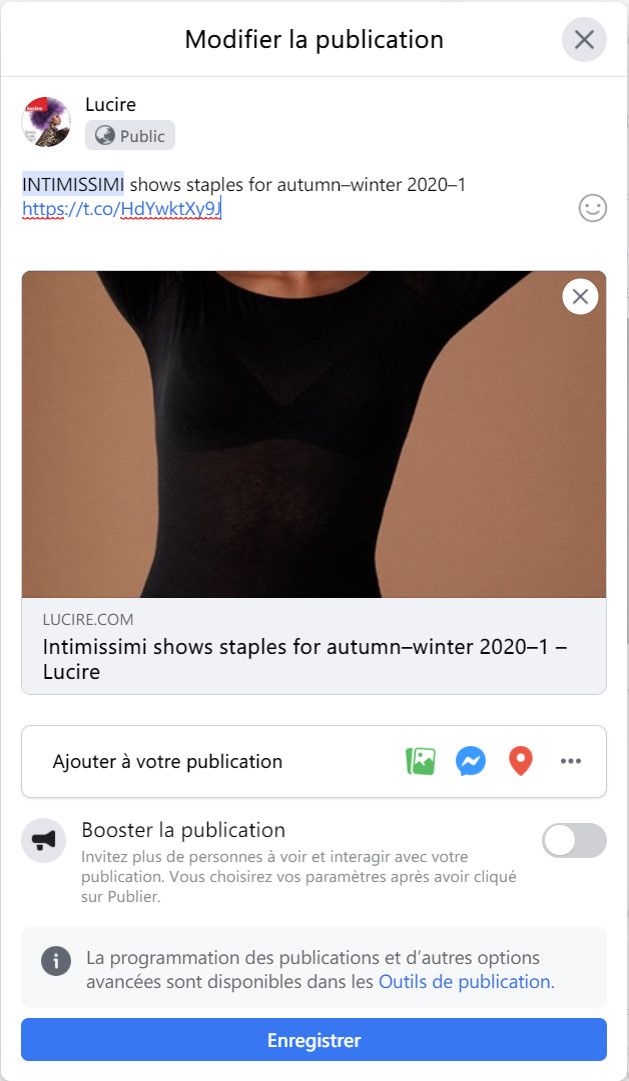
So far so good—at least till I hit ‘save’ and the preview image vanishes.

I usually get the logo only when I feed in a post from scratch directly on to Facebook (assuming Facebook doesn’t corrupt the link and turn it into a 404). In other words, automated, or bot, activity gives you a better result than doing things directly on the site.
I realize I could add some lines into the code to force the Facebook scraper to seek out the biggest image, but then we’re going into territory beyond that of the average user, and frankly I’m not skilled enough to do it in PHP. And why doesn’t Facebook require that of the bot when it picked up the page to begin with?
That’s enough for today—I only wanted to illustrate that earlier example as I didn’t do it properly earlier in the year, and give a fresh bot warning. They’re still out there, and I’m betting most pages and groups have inflated numbers where non-humans are messing up their reach—and that’s just fine for Facebook knowing that people will have to pay to get around it.
